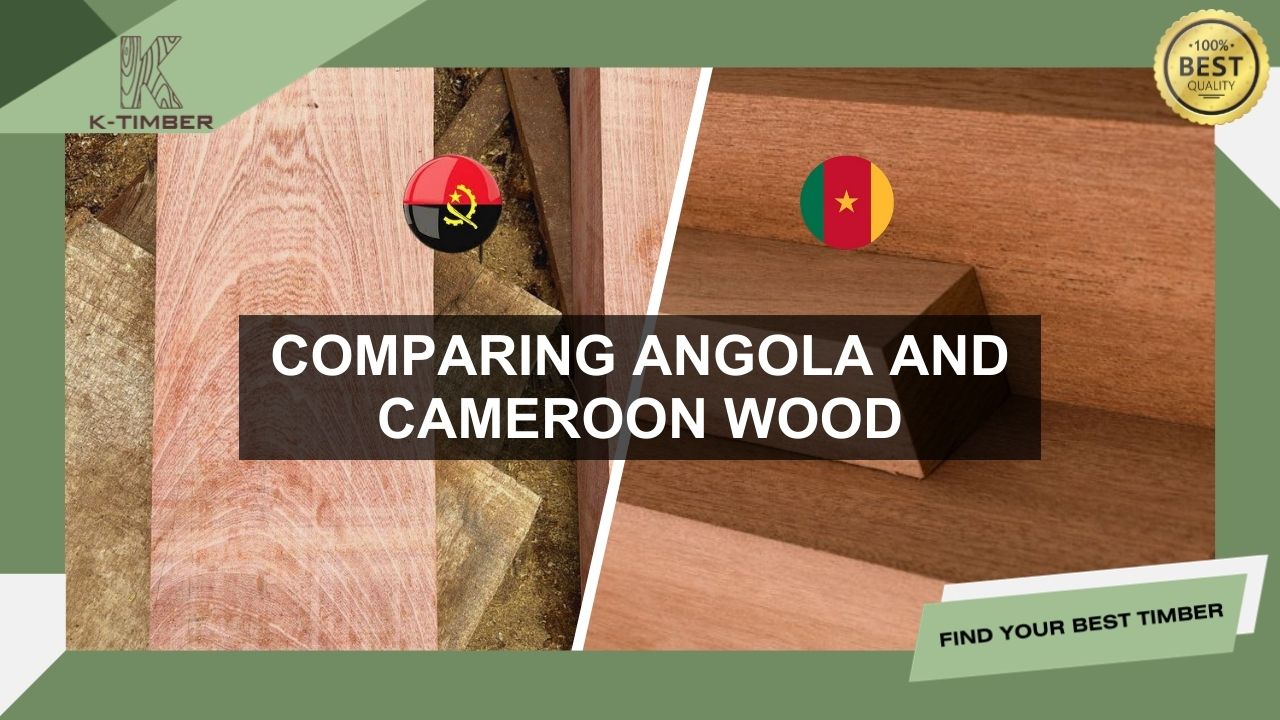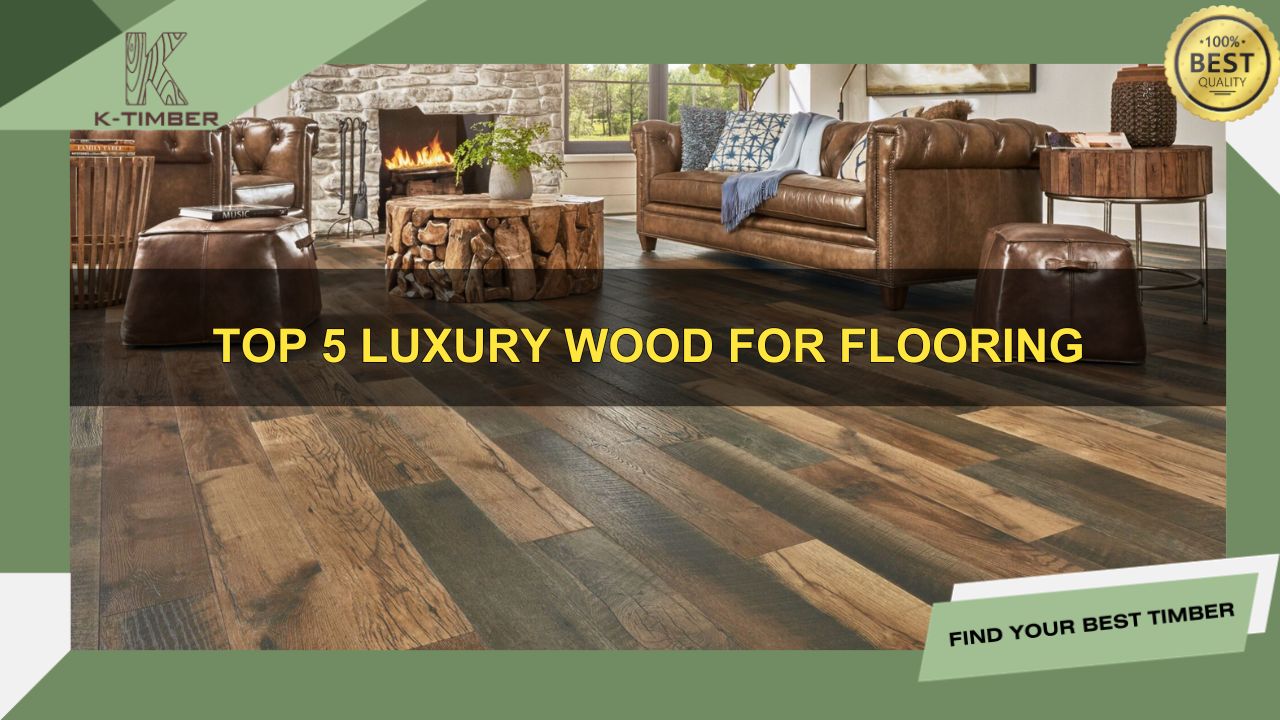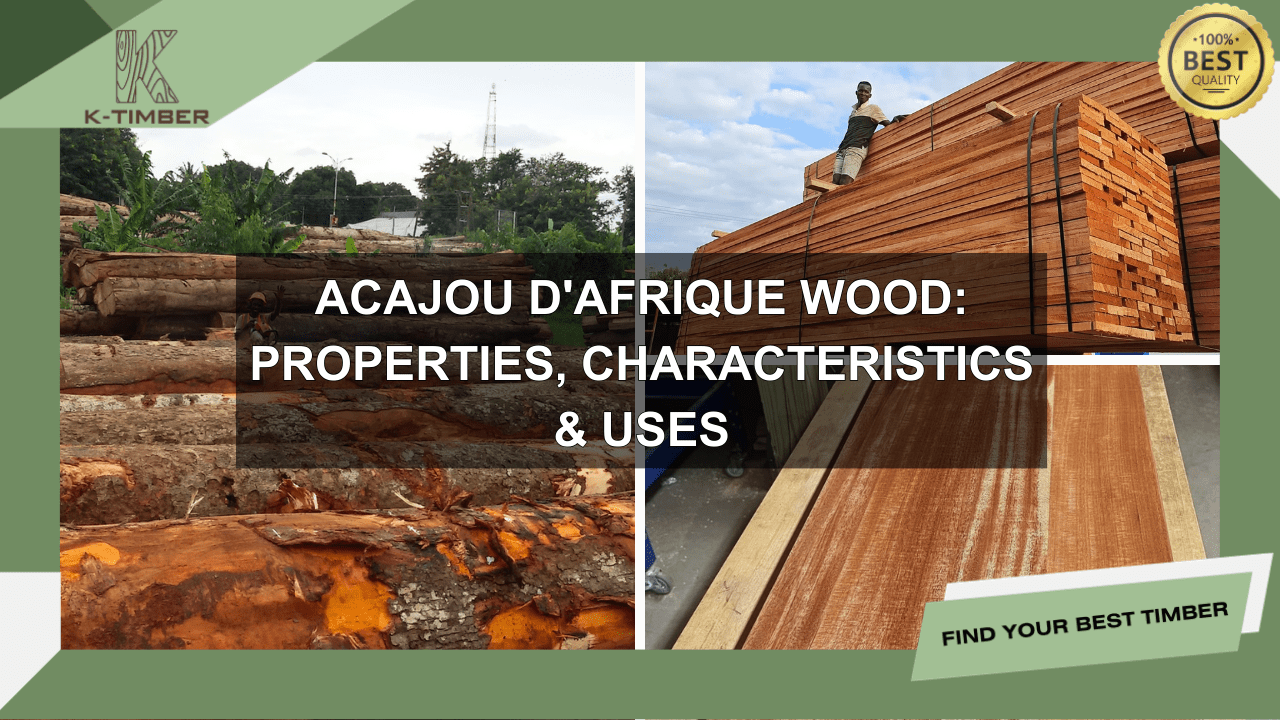When it comes to building outdoor structures or furniture, choosing the right type of wood is crucial. One of the most important considerations is rot resistance. Using rot-resistant wood ensures that your projects will last longer and require less maintenance over time. In this guide, we’ll explore six durable wood options that are known for their rot-resistant properties, helping you make an informed decision for your next project.
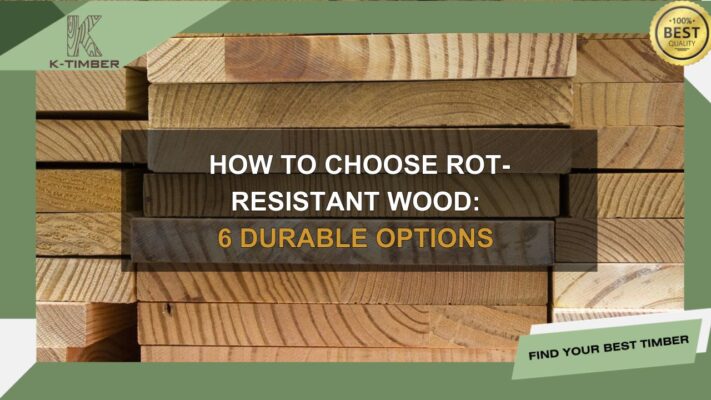
Table of Contents
What is Rot-Resistant Wood?
Rot-resistant wood refers to certain types of wood that are naturally more resistant to decay caused by fungi and other microorganisms. These woods have inherent properties that make them less susceptible to rotting when exposed to moisture, insects, and environmental conditions that promote decay.
There are many factors that make a wood species resistant to rot and decay. The properties that rot-resistant woods possess include the presence of preservative compounds like oils, resins, and tannins that are toxic to decay-causing organism growth, making it a natural and effective natural resource.
The unique chemical composition, physical structure, and moisture resistance mechanisms of these wood species contribute to their inherent resistance against rot and prolonged durability.
Now that we know the definition of rot-resistant wood, let’s delve deeper into how to make timber resistant to rot.
How to make timber resistant to rot?
Making timber resistant to rot and decay involves various methods. One of the most effective approaches is pressure treating the wood with preservative chemicals, which are forced deep into the wood under high pressure, providing long-lasting protection against fungi, insects, and moisture. Reducing the moisture content of wood to below 20% through proper drying techniques like kiln drying or air drying, and ensuring good ventilation and drainage around the wood, can also prevent moisture accumulation and subsequent rot.
While some wood species are naturally more rot-resistant, these methods can further enhance the durability and longevity of timber in outdoor or high-moisture environments.
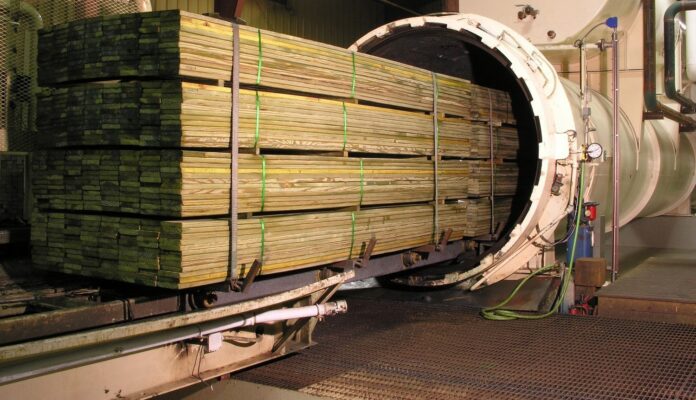
How to Find the Right Rot-Resistant Wood for Your Project
When selecting the right rot-resistant wood for your project, it’s important to first evaluate the specific conditions and demands, such as exposure to moisture, direct ground contact, or harsh weather, to determine the level of rot resistance needed.
Consider locally available options, as this can be more cost-effective and environmentally friendly than importing exotic woods. However, while some rot-resistant woods are highly durable, they may also be more expensive or harder to source, so evaluate the availability and cost compared to your project budget and timeline.
Top 6 Rot-Resistant Wood Options
With these factors in mind, let’s explore some of the most popular and reliable rot-resistant wood options:
1. Western Red Cedar
Western Red Cedar is a naturally rot-resistant wood that has been a popular choice for outdoor projects for centuries. Its natural resistance to decay, insects, and moisture makes it an excellent option for decks, fences, and siding. Cedar’s unique aroma also acts as a natural insect repellent, further enhancing its durability.
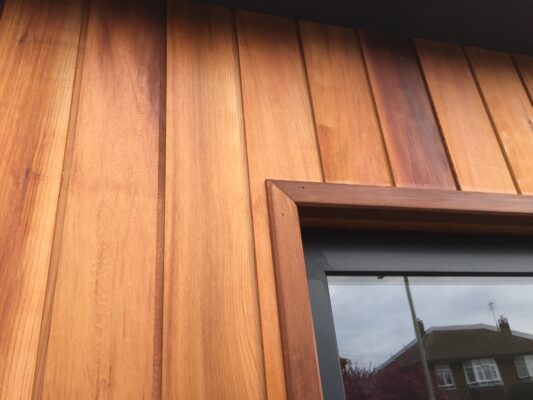
Although Western Red Cedar has a Janka rating of only 320 lbf, that doesn’t mean it isn’t strong. With lightweight characteristics, Redwood is renowned for being easy to work with and is a great choice for outdoor applications where a natural, weathered look is desired.
2. Brazilian Redwood
Brazilian Redwood is another naturally rot-resistant wood that has been highly prized for its durability and beauty. Like cedar, Brazilian Redwood contains tannins and resins that make it resistant to decay, insects, and moisture. Its warm, reddish-brown hue and straight grain pattern add a touch of elegance to any outdoor project.
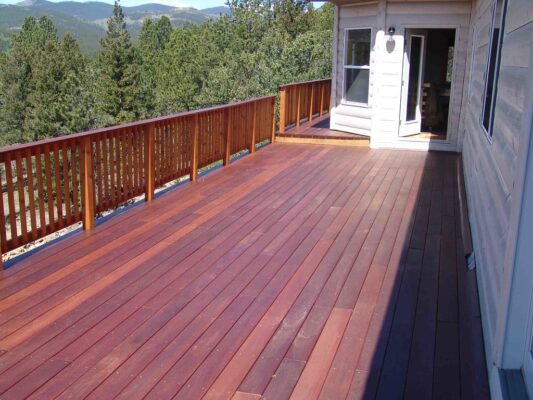
With a Janka hardness of around 3,190 lbf, this species ensures that it will stand up just as well against impacts in the short term as it will against decay in the long term. It is commonly used for flooring, decking and heavy construction.
3. Black Locust
Black Locust is a lesser-known but highly durable wood that is native to North America. Rated as very durable, with good weathering characteristics. It has a Janka hardness of around 1,700 lbf,

4. Ipe (Brazilian Walnut)
Ipe, also known as Brazilian walnut, is one of the hardest and most durable woods available. Its extreme density and natural oils make it highly resistant to rot and insects. With a Janka hardness of approximately 3,684 lbf, it can last upwards of 50+ years without any chemical treatments.
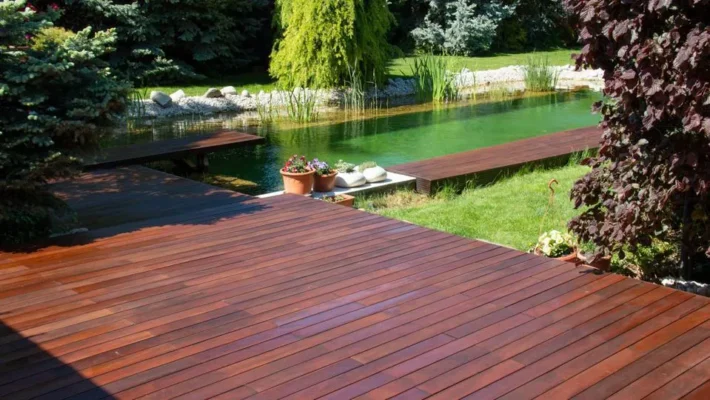
However, with an extreme density like that, Ipe wood can be challenging to work with and transport. It is best if it is applied for decking, boardwalks, or any other marine applications where resistance to moisture and decay is crucial.
5. White Oak
White oak is one of the most widely used woods in the world. With its famous tight grain and durability, it has been used for centuries in shipbuilding and other demanding applications. White Oak is also considered desirable for all types of furniture, indoors or out. It is abundant and can be bought in a wide range of widths and thicknesses.
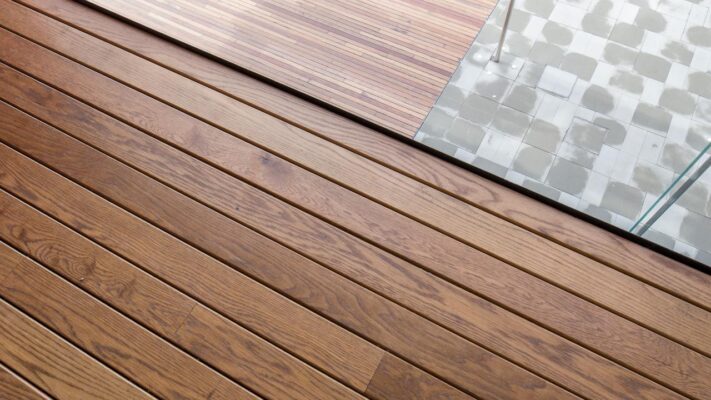
With a Janka hardness of 1,350 lbf, It is very hard and dense and is often used in load-bearing applications. Other uses of oak are cabinetry, furniture, interior trim and flooring.
6. Teak
Often considered the “king” of rot-resistant woods, teak is prized for its exceptional durability and resistance to moisture, warping, and insects. It is often used in marine applications due to its ability to withstand harsh conditions.
Its heartwood tends to be a golden or medium brown, with color darkening with age. With a Janka rating of 1,070 lbf, Teak is surprisingly easy to work with in nearly all regards.
While Teak is being widely grown on plantations across the world, it is quite costly. It may be one of the most costly lumbers on the market, particularly for large-sized and non-figured wood.
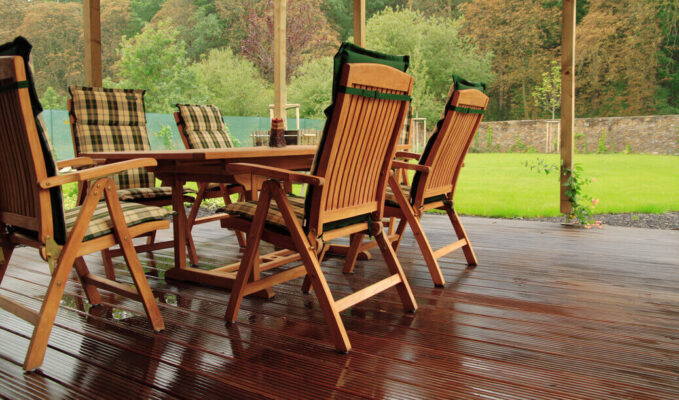
If you’re looking for the alternatives of Teak wood that have a more affordable price with a similar color and wood grain, African Teak wood (Iroko) might be just the right choice for you. Primarily sourced from West and Central Africa, Iroko may be more readily available compared to Teak, which has faced over-harvesting and stricter regulations. Additionally, Iroko is considered slightly easier to work with than Teak, as it is not as oily and dense. This can make it more suitable for intricate woodworking or projects that require more extensive shaping and machining.
At K-Timber, with over 30 years in supplying African wood, we are proud to say that we have the best team with professional knowledge that is always ready to satisfy your needs. One of our main wood products is Iroko and we supply a range of extensive selection like lumbers, slabs and flooring. Contact K-Timber today to learn more about our Iroko offerings and get a price quotation for the best deals.



